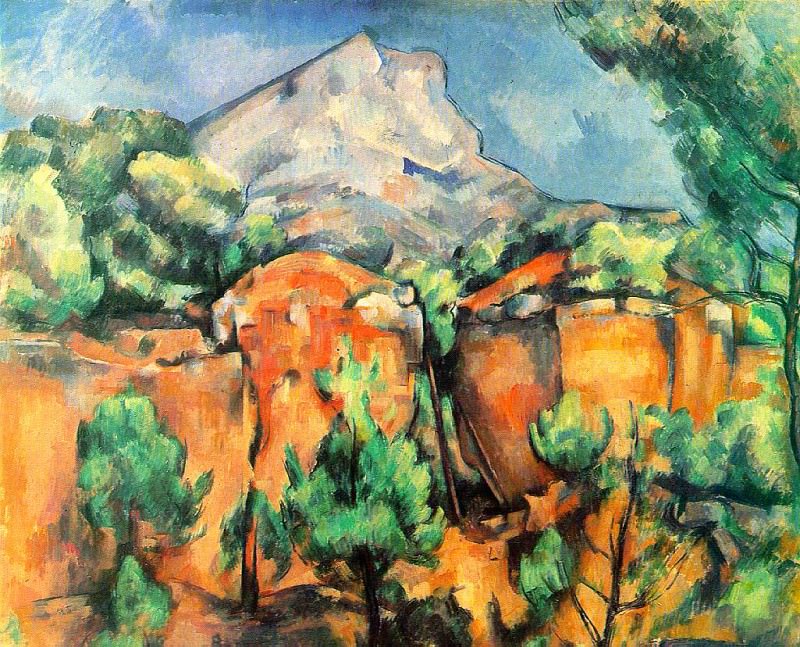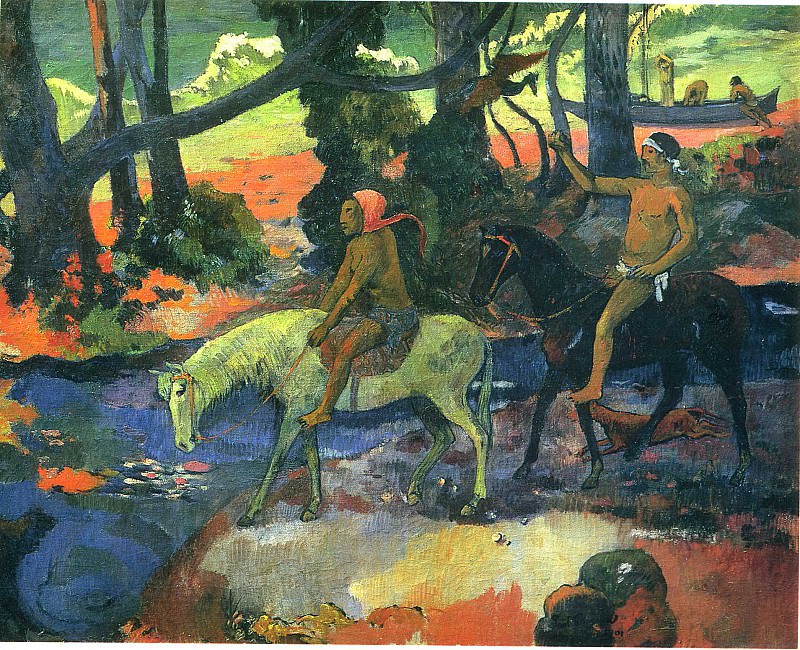Alasdair Gray: A Visionary of Scottish Art
Alasdair Gray is a name that resonates deeply within the realms of Scottish art and literature. His work, an intricate tapestry of visual and literary creativity, has left an indelible mark on both fields, making him a multifaceted figure whose influence continues to ripple through Scottish culture. His art, characterized by its unique style and profound thematic explorations, is a reflection of his literary genius and his deep engagement with social and political issues.
The Early Years: Formative Influences
Alasdair Gray was born in Glasgow in 1934, a city that would profoundly shape his artistic vision. The industrial landscapes, the social dynamics, and the vibrant cultural life of Glasgow provided a rich backdrop for his early creative endeavors. Gray's education at the Glasgow School of Art, where he studied from 1952 to 1957, was crucial in shaping his artistic sensibilities. It was here that he began to develop his distinctive style, a blend of realism, surrealism, and a deep engagement with Scottish identity.
Gray's early work was heavily influenced by his surroundings. The urban landscapes of Glasgow, with their tenements, factories, and bustling streets, became a recurring theme in his art. His work from this period is characterized by a detailed, almost obsessive attention to the minutiae of everyday life, coupled with a surrealistic twist that transforms the mundane into the extraordinary. Gray's ability to capture the essence of Glasgow life, while simultaneously imbuing it with a dreamlike quality, set him apart from his contemporaries.
The Intersection of Art and Literature
Gray is perhaps best known for his novel Lanark, published in 1981, which is widely regarded as one of the most important Scottish novels of the 20th century. However, what sets Lanark apart is not just its literary merit, but also its visual artistry. Gray illustrated the novel himself, creating a series of intricate, symbolic images that are as integral to the narrative as the text itself. These illustrations are not mere embellishments; they are a visual extension of the novel's themes and ideas, providing a complementary narrative that enriches the reader's experience.
This intersection of art and literature is a defining feature of Gray's work. He did not see these two forms as separate entities, but as complementary expressions of his creative vision. His illustrations often carry the same weight as his writing, with each medium informing and enhancing the other. This synthesis of text and image is evident in much of his work, where the boundaries between literature and visual art are blurred, creating a unique, multidimensional form of storytelling.
Thematic Explorations: Identity, Politics, and Social Commentary
Gray's art is deeply intertwined with his exploration of Scottish identity and politics. His work often grapples with questions of national identity, social justice, and the human condition. Gray was a staunch advocate of Scottish independence, and his art reflects his deep engagement with the political issues of his time. His work is often infused with a sense of social responsibility, challenging the viewer to reflect on the state of society and their role within it.
One of the recurring themes in Gray's art is the exploration of the human condition within the context of modern society. His depictions of urban life, often bleak and dystopian, reflect his concerns about the dehumanizing effects of industrialization and capitalism. Yet, there is also a sense of hope in his work, a belief in the power of the individual to resist and overcome the forces of oppression.
Gray's portrayal of characters often delves into the complexities of identity, particularly in relation to Scottish culture. His figures are frequently depicted in existential struggles, caught between the demands of modern life and the longing for a more authentic, meaningful existence. This tension between the individual and society is a central theme in Gray's work, both in his visual art and his literature.
A Distinctive Visual Style
Gray's visual style is unmistakable. His use of bold lines, strong contrasts, and intricate patterns creates a striking visual language that is instantly recognizable. Gray often employed a limited color palette, using color sparingly to enhance the impact of his images. This stylistic choice lends his work a timeless quality, as though the images exist outside of the constraints of time and space.
One of the most distinctive features of Gray's art is his use of symbolic imagery. His work is rich with symbolism, often drawing on a wide range of sources, from classical mythology to contemporary politics. These symbols are not always immediately apparent, requiring the viewer to engage deeply with the work to uncover its meanings. This layering of meaning is characteristic of Gray's approach to both art and literature, where nothing is ever straightforward or simple.
Gray's art also often includes text, whether in the form of titles, captions, or even short passages of prose. This incorporation of text into his visual work further blurs the line between art and literature, creating a hybrid form that is uniquely his own. The text is not merely decorative; it is integral to the meaning of the work, providing context, commentary, and additional layers of interpretation.
Legacy and Influence
Alasdair Gray's influence on Scottish art and literature cannot be overstated. His work has inspired a generation of artists and writers, both in Scotland and beyond. Gray's ability to seamlessly blend visual art and literature has opened up new possibilities for storytelling, encouraging others to explore the intersections between different forms of creative expression.
Gray's legacy is also evident in the way he has reshaped perceptions of Scottish identity. Through his work, he has helped to redefine what it means to be Scottish, challenging traditional notions of identity and offering a more complex, nuanced understanding of Scottish culture. His art is a celebration of Scottishness in all its forms, yet it is also a critique, a call to action for a more just and equitable society.
Public Art and Murals
Beyond his work on canvas and in books, Alasdair Gray was also a prolific creator of public art. His murals can be found across Glasgow, each one a testament to his love for the city and its people. These works are not just decorative; they are deeply embedded in the communities they inhabit, reflecting the histories, struggles, and aspirations of the people who live there.
One of the most famous examples is the mural at the Òran Mór, a cultural venue in the West End of Glasgow. The ceiling of the venue is covered in a massive, intricate mural created by Gray, depicting a fantastical scene that combines elements of Scottish mythology, religion, and history. This work is a prime example of Gray's ability to create art that is both deeply personal and universally resonant.
Gray's murals are a vital part of his legacy, serving as a reminder of his commitment to making art accessible to all. These works are not confined to the walls of galleries or the pages of books; they are part of the fabric of the city, contributing to the cultural life of Glasgow in a way that few other artists have.
The Enduring Appeal of Alasdair Gray's Art
Alasdair Gray's art continues to captivate audiences, both in Scotland and around the world. His work, with its unique blend of realism, surrealism, and social commentary, offers a rich, immersive experience that rewards deep engagement. Gray's ability to tackle complex themes with both seriousness and wit ensures that his work remains relevant, resonating with new generations of viewers and readers.
Gray's art is not just to be looked at; it is to be lived with, pondered over, and revisited. Each encounter with his work reveals something new, a fresh insight or a deeper understanding of the world he so vividly depicts. This is the mark of a truly great artist: the ability to create work that not only endures but continues to grow in meaning and significance over time.
Conclusion: Alasdair Gray's Place in Art History
Alasdair Gray occupies a unique position in the history of Scottish art. His work, which transcends the boundaries between art and literature, has established him as one of the most important cultural figures in modern Scotland. Gray's influence extends far beyond the visual arts; he has helped to shape the very identity of contemporary Scotland, offering a vision that is at once deeply rooted in tradition and boldly forward-looking.
As we continue to explore and celebrate Gray's legacy, it is clear that his art will remain a vital part of Scotland's cultural landscape. His work challenges us to think critically about the world we live in, to question our assumptions, and to imagine new possibilities. In doing so, Alasdair Gray has ensured that his art will continue to inspire and provoke for generations to come.




